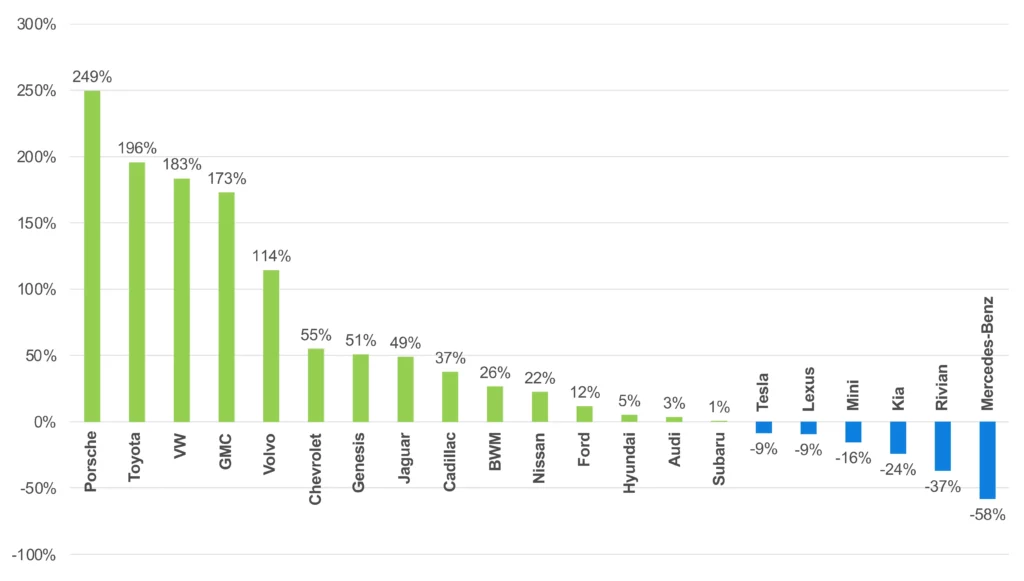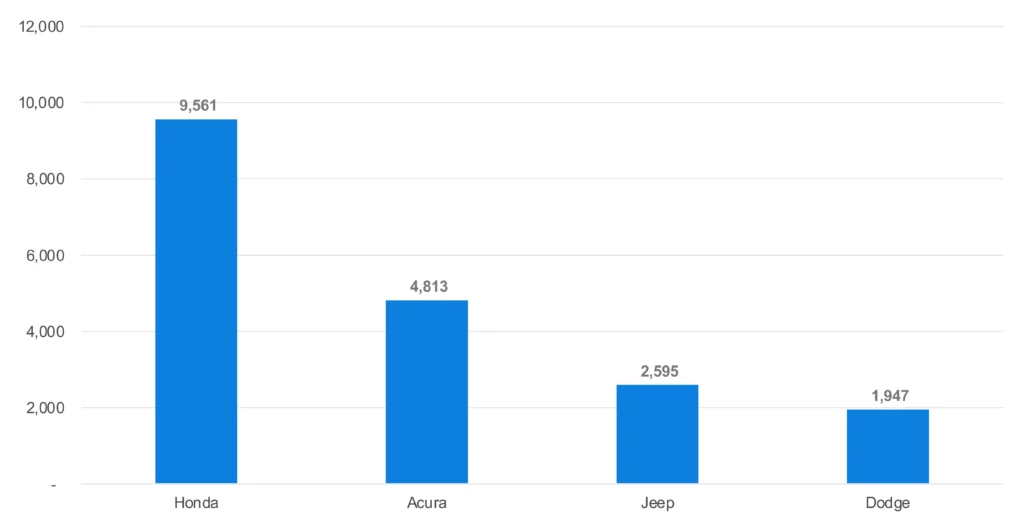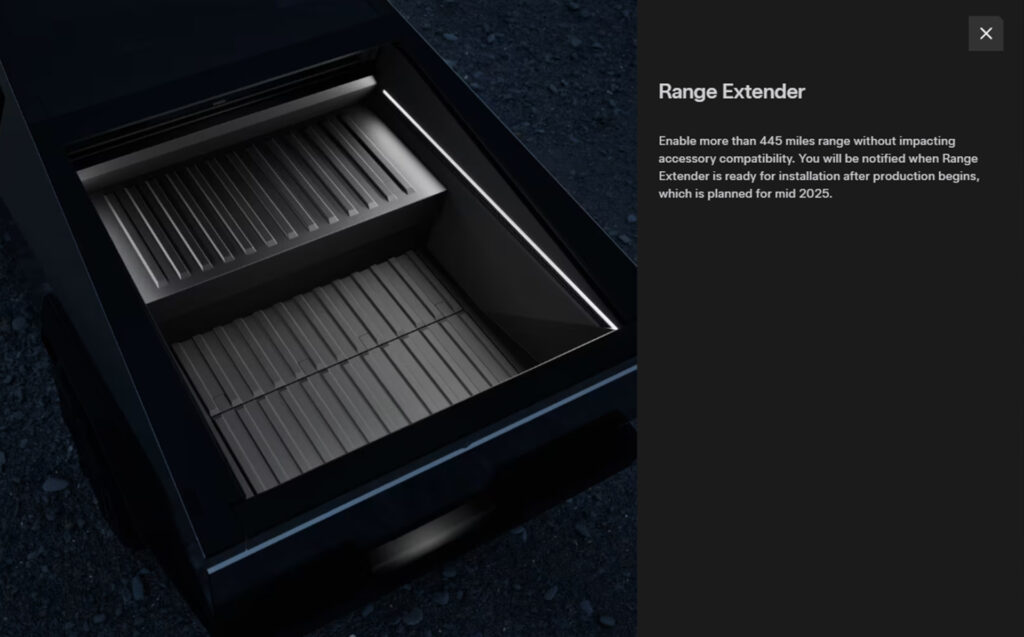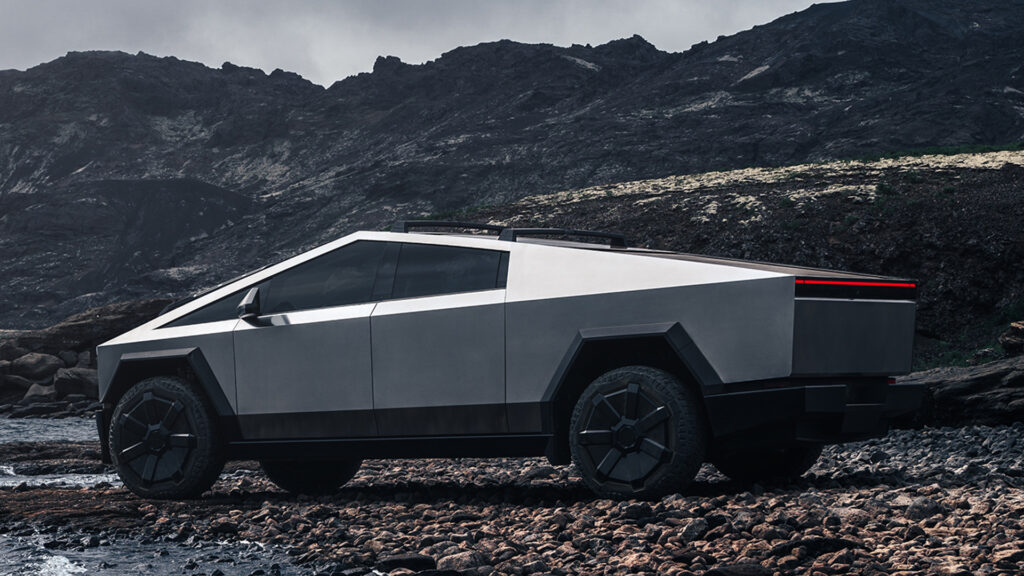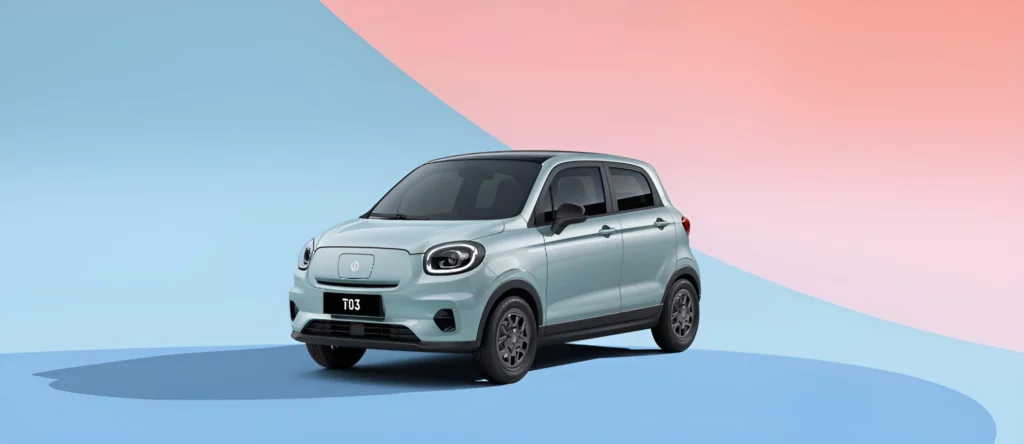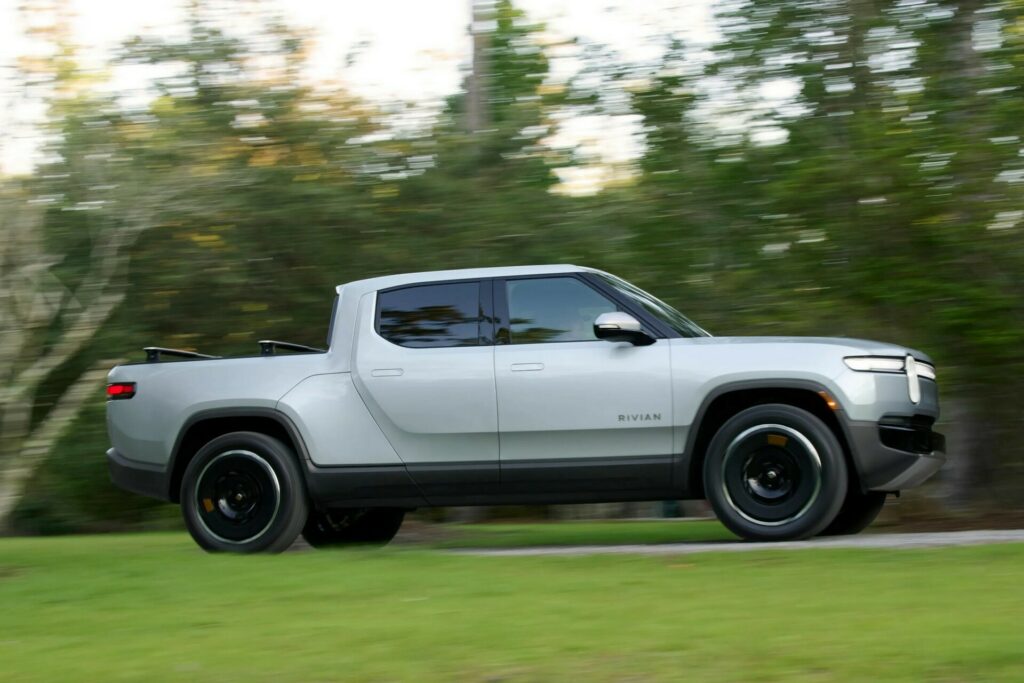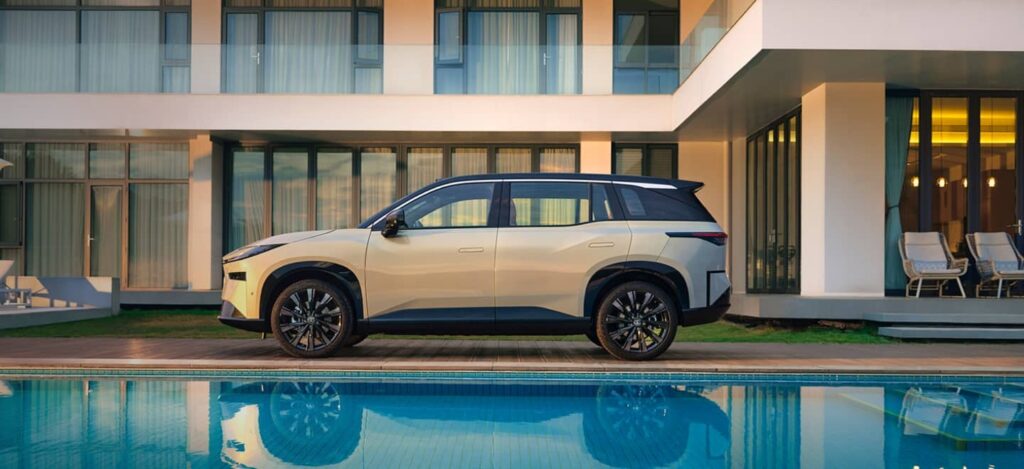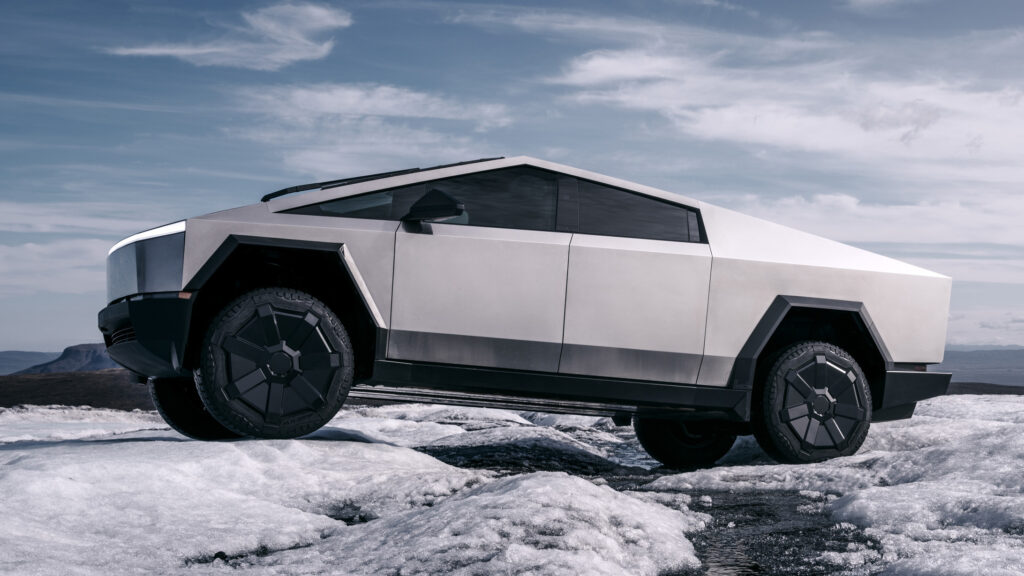Lexus Plots 3-Row Electric SUV To Take On The Kia EV9
- Lexus is preparing an all-electric three-row SUV based on its 2021 Electrified concept design.
- The new Lexus TZ may share parts with the RZ to reduce production and development costs.
- Lexus filed TZ450e and TZ550e trademarks suggesting at least two variants in development.
Lexus isn’t exactly known for rushing into things, but when it moves, it tends to do so with quiet confidence. Now, it looks like the Lexus family is set to expand once again with the addition of a new all-electric three-row SUV. We’re getting an early sense of what it might look like, and it’s shaping up to be an interesting electric counterpart to the brand’s existing offerings.
More: Toyota And Lexus Will Launch 15 EVs By 2027 And That’s Just The Start
The new model, likely to be called the TZ, will share its underpinnings with a Toyota-branded sibling known as the bZ5X. It’s expected to fill the role of a three-row alternative to the gas-powered Lexus TX, stepping into a space that’s growing fast in the EV market, where size, range, and badge cachet all matter.
To show how this new model may look, designer Theophilus Chin, also known as Theottle, has taken the Lexus Electrified SUV concept unveiled back in 2021 and made some production adjustments to it. While we won’t know how the TZ looks until Lexus starts testing some prototypes out in public, it would make sense for the brand to base it heavily on this concept.
A Familiar Face With Slight Tweaks
At the front, Theottle’s rendering swaps out the concept’s dramatic headlights for more conventional units, ones more in line with the current Lexus design language. The lighting elements below them, along with the shape of the front bumper, remain untouched, suggesting Lexus might not stray too far from its conceptual roots.
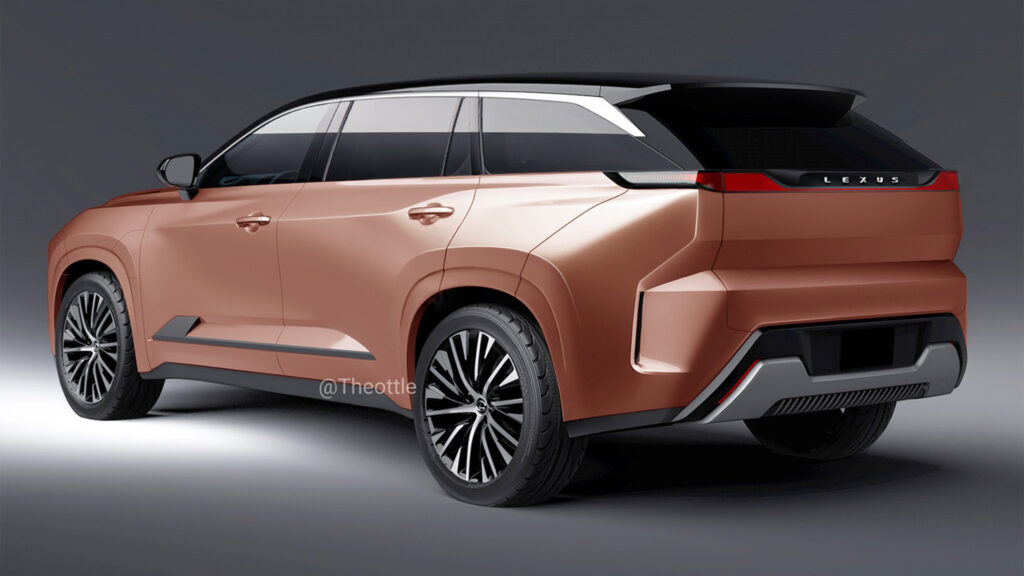
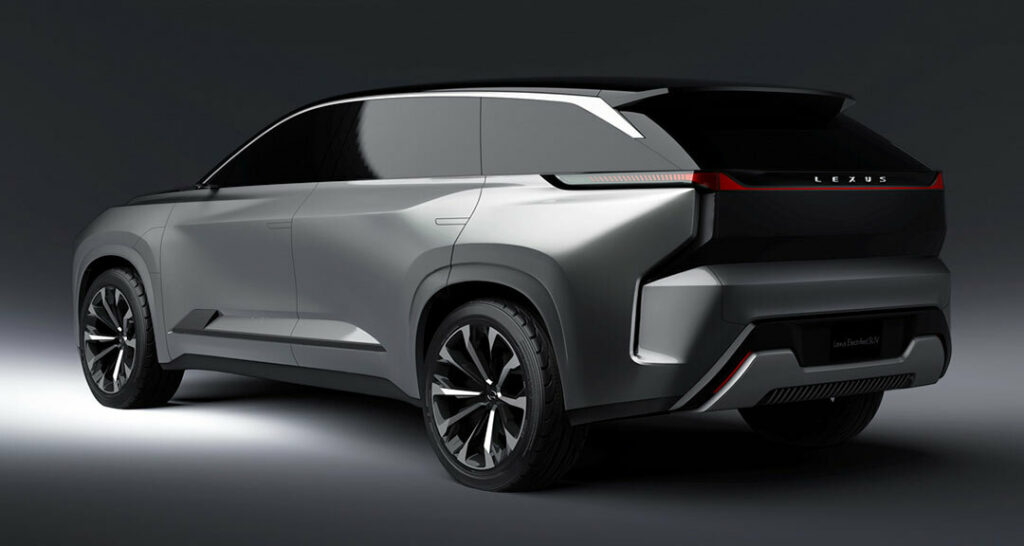
Moving along the sides, a few practical changes appear. The flush door handles of the concept are gone and have been replaced with more traditional hardware. A new set of wheels has also been added, and normal wing mirrors have been installed. It’s all standard production-car stuff, but necessary if this thing is going to hit a dealership lot.
The most obvious change made to the rear of the TZ is the fitment of smaller taillights that do not stretch as far down the rear quarter panels. Despite this, we think the rear of the new three-row Lexus still looks a little busy, and we hope Lexus’s designers come up with something more attractive than this.
Read: Lexus Kills Off The RC And RC F Coupes After 11 Years
Little is known about the production model, but in 2023, Lexus applied to trademark the TZ450e and TZ550e names, indicating that at least two electric models are being prepared. Lexus could use the same 77 kWh battery offered in the new RZ, but given the size and expected weight of this three-row SUV, it seems likely the TZ550e will need a pack with increased capacity. For comparison, the Kia EV9, one of the few EVs in this segment already on sale, offers a choice between 76.1 kWh and 99.8 kWh battery packs.
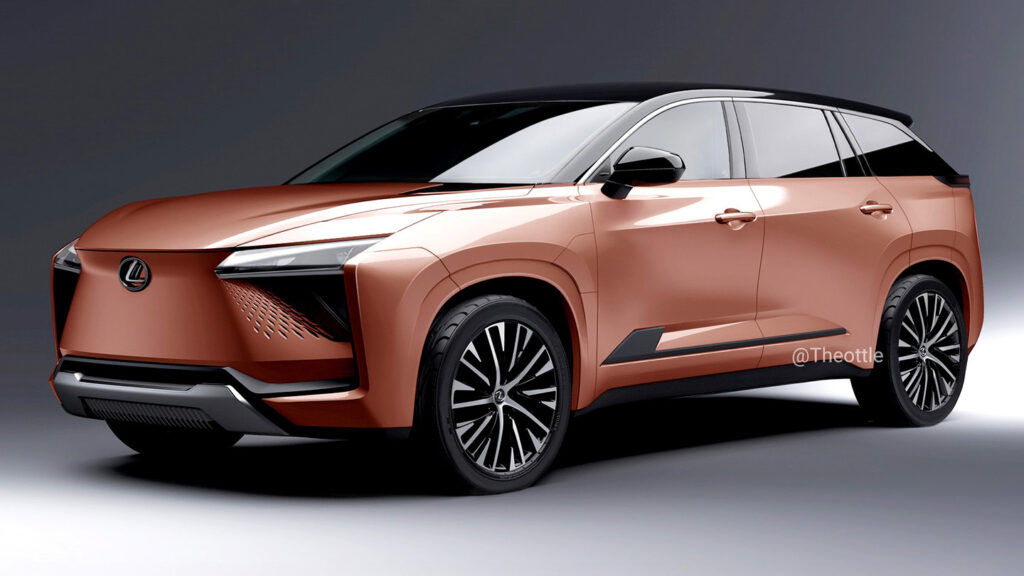
Talking about the RZ, the entry-level version is the RZ 350e that features a single electric motor at the front axle with 224 hp (167 kW) and 198 lb-ft (269 Nm) of torque and has a 357-mile (575 km) range. The RZ 500e packs two electric motors that deliver 375 hp (280 kW) for a 0-100 km/h (0-62 mph) time of 4.6 seconds and has a lower estimated range of 311 miles (500 km).
For the 2026 model year, Lexus added the RZ 550e F Sport to the lineup. It produces 402 hp (300 kW) from its dual-motor setup and accelerates to 100 km/h (96 mph) in 4.4 seconds. That added performance, however, comes at a cost as range drops to 280 miles (450 km). Since the TZ will be larger and heavier than the RZ, to quote Jaws‘ most iconic line, Lexus is gonna need a bigger boat – em, I mean battery.
